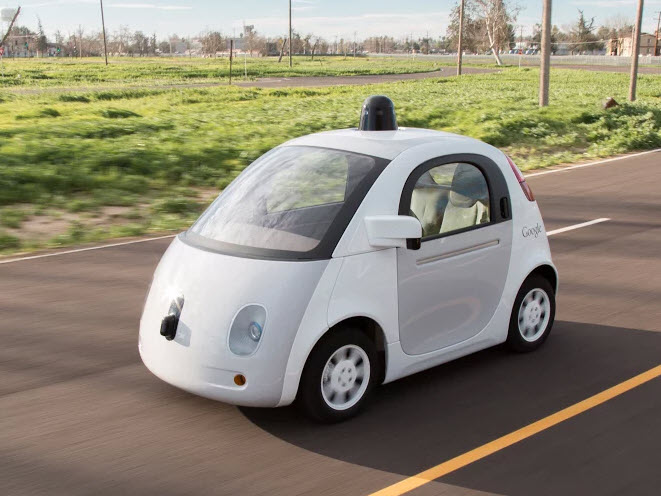
Sony’s Aibo pet robot dogs. — credit | Sony
University of Melbourne animal welfare researcher Jean-Loup Rault, PhD says pets will soon become a luxury in an overpopulated, high-density world and the future may lie in robot pets that mimic the real thing.
“It might sound surreal for us to have robotic or virtual pets, but it could be totally normal for the next generation,” Rault said. “If 10 billion human beings live on the planet in 2050 as predicted, it’s likely to occur sooner than we think. We are already seeing people form strong emotional bonds with robot dogs in Japan.
“Pet robotics has come a long way from the Tamagotchi craze of the mid-1990s. In Japan, people are becoming so attached to their robot dogs that they hold funerals for them when the circuits die.
“You won’t find a lot of research on pet robotics out there, but if you Google robot dogs, there are countless patents. Everyone wants to get ahead of this thing because there is a market and it will take off in the next 10 to 15 years.”
“Robots can, without a doubt, trigger human emotions,” Rault added. “If artificial pets can produce the same benefits we get from live pets, does that mean that our emotional bond with animals is really just an image that we project on to our pets?

Sony’s Aibo pet robot dogs. — credit | Sony
“Of course we care about live animals, but if we become used to a robotic companion that doesn’t need food, water or exercise, perhaps it will change how humans care about other living beings.”
Rault says robot pets of the future could learn to think and respond on their own.
“When engineers work on robotic dogs, they work on social intelligence, they address what people need from their dogs: companionship, love, obedience, dependence,” he said.
“They want to know everything about animal behavior so they can replicate it as close as possible to a real pet.”
And what about robotic cats? “Well, that’s a little harder because you have to make them unpredictable,” he concluded. His open access paper is in the latest edition of Frontiers in Veterinary Science
![]() related reading:
related reading:
Sony | Aibo
Paro Robots | Paro
Bandai | Tamagochi Friends
The Japan Times | Takara Tomy previewed toy robots Hello MiP and Hello Zoomer in Tokyo, from its Omnibots series.
Sony | An Aibo demonstration.
Dig Info | The Paro theraputic cute baby seal robot, designed to have a positive emotional effect on people who interact with it.
Family Gamer TV | Tamagotchi Friends toy line by Bandai, virtual pets.
Wikipedia | As of 2010, over 76 million Tamagotchis have been sold worldwide.
![]() related reading:
related reading:
Robot Shop | robot dogs & pets

